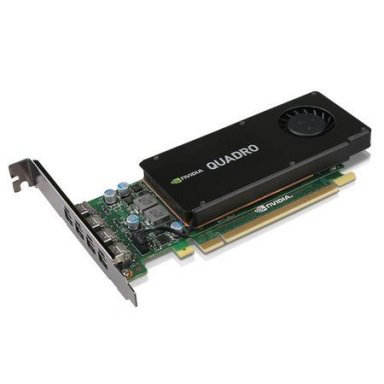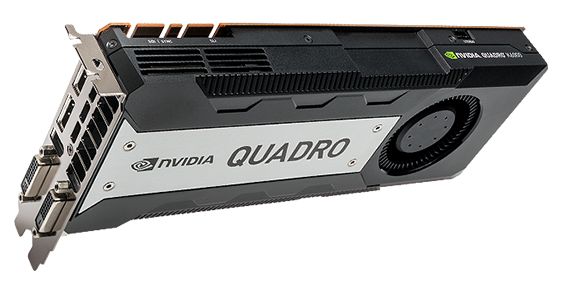

There is evidence that FP64 performance on "gaming" cards is crippled due to having very few or no FP64 capable units. The majority of the time most end up using FP32 due to significantly shorter compute times and the output is identical to double precision in many workloads.
#Nvidia quadro k6000 benchmark fp64 code#
Out of preference a vector processor just wants a stream of "run this simple code against this huge array" and a lot of repeated runs on one piece of data quickly eats up bandwidth and processor cores. Theoretical Performance Pixel Rate, 54.12 GPixel/s Texture Rate, 216.5 GTexel/s FP32 (float) performance, 5.196 TFLOPS FP64 (double) performance, 1.732. 1 113802 4 (Edited) Mainly scientific computing that requires reliability. Were relatively confident that the Nvidia 30-series tests do a good job of extracting close to optimal performance particularly when xformers is enabled, which provides an additional 20. That processor also gives the best possible performance in SOLIDWORKS for general. This platform is built around an Intel Core i9 9900K, with very high clock speeds, to avoid the CPU being a bottleneck in this testing.
#Nvidia quadro k6000 benchmark fp64 pro#
The whole point in vector processors is that they work on streams of instructions and data and even in a GPU with massive bandwidth memory access is expensive, especially as your data has a dependency on previous parts of the calculation. Samsung 960 Pro 512GB M.2 PCI-E x4 NVMe SSD. There is a lot of additional math involved because you can't do a simple "add these two registers together" but instead have to do the math the long way around.įrom Stack Overflow Multiplying 64-bit number by a 32-bit number in 8086 asmįor the final code (with merging) you'd end up with 8 MUL instructions, 3 ADD instructions and about 7 ADC instructions. Does this 4000 card have what it takes to displace Nvidia's Quadro K6000, or is it a. Doing 64-bit floating point math in 32-bit registers is workable, but it is far from a simple halving due to being double width. published AMD's Hawaii GPU makes its appearance in the workstation space as FirePro W9100. The GPU is operating at a frequency of 797 MHz, which can be boosted up to 902 MHz, memory is running at 1502 MHz (6 Gbps effective). There would be additional load/stores and bytes needed to handle overflow which might use more registers.

On the other hand multiplying 64-bit values would require either 4 registers (two 64-bit values split into 32-bit parts each) or memory load/stores between doing the lower 32-bit and then the higher 32-bit of the 64-bit value. Probably because the default register size within the units is 32-bits.Ī 32-bit register can hold two 16-bit values that can be multiplied across resulting in a doubling of performance. As the next big step in our efforts to accelerate high performance computing, the NVIDIA Ampere architecture defines third-generation Tensor Cores that accelerate FP64 math by 2.5x compared to last-generation GPUs.


 0 kommentar(er)
0 kommentar(er)
